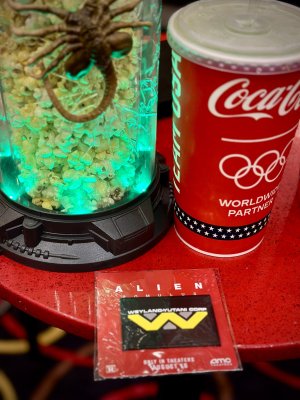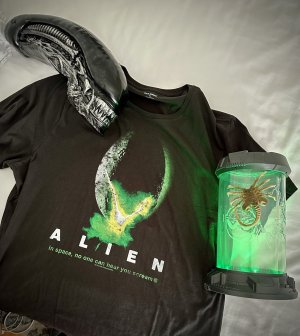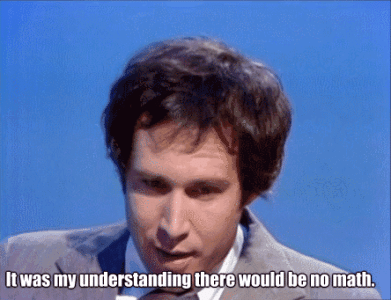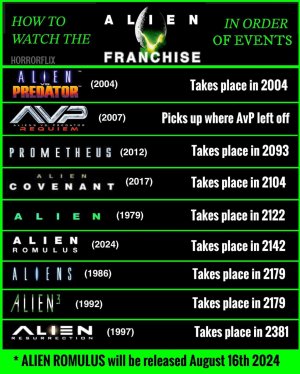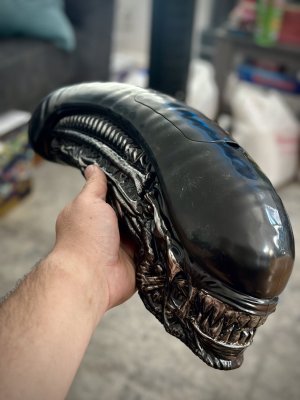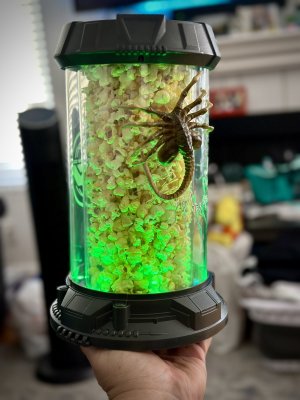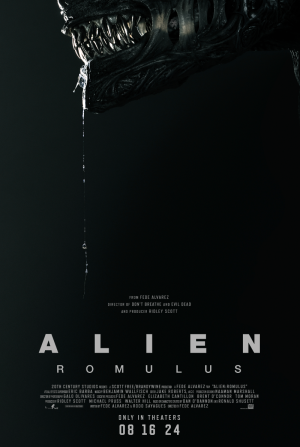I don't know if it was mentioned but Prometheus landed on LV-223. The Nostromo (Alien) landed on LV-426. LV-223 is similar to Earth but LV-426 is complete inhospitable. Both ships carried the DNA of xenomorphs (as evidenced in Promotheus) however, that particular strain was not the same one that was discovered by Ripley's crew.
Also an interdasting read:
Prometheus contains such a huge amount of mythic resonance that it effectively obscures a more conventional plot. I'd like to draw your attention to the use of motifs and callbacks in the film that not only enrich it, but offer possible hints as to what was going on in otherwise confusing scenes.
Let's begin with the eponymous titan himself, Prometheus. He was a wise and benevolent entity who created mankind in the first place, forming the first humans from clay. The Gods were more or less okay with that, until Prometheus gave them fire. This was a big no-no, as fire was supposed to be the exclusive property of the Gods. As punishment, Prometheus was chained to a rock and condemned to have his liver ripped out and eaten every day by an eagle. (His liver magically grew back, in case you were wondering.)
Fix that image in your mind, please: the giver of life, with his abdomen torn open. We'll be coming back to it many times in the course of this article.
The ethos of the titan Prometheus is one of willing and necessary sacrifice for life's sake. That's a pattern we see replicated throughout the ancient world. J G Frazer wrote his lengthy anthropological study, The Golden Bough, around the idea of the Dying God - a lifegiver who voluntarily dies for the sake of the people. It was incumbent upon the King to die at the right and proper time, because that was what heaven demanded, and fertility would not ensue if he did not do his royal duty of dying.
Now, consider the opening sequence of Prometheus. We fly over a spectacular vista, which may or may not be primordial Earth. According to Ridley Scott, it doesn't matter. A lone Engineer at the top of a waterfall goes through a strange ritual, drinking from a cup of black goo that causes his body to disintegrate into the building blocks of life. We see the fragments of his body falling into the river, twirling and spiralling into DNA helices.
Ridley Scott has this to say about the scene: 'That could be a planet anywhere. All he’s doing is acting as a gardener in space. And the plant life, in fact, is the disintegration of himself. If you parallel that idea with other sacrificial elements in history – which are clearly illustrated with the Mayans and the Incas – he would live for one year as a prince, and at the end of that year, he would be taken and donated to the gods in hopes of improving what might happen next year, be it with crops or weather, etcetera.'
Can we find a God in human history who creates plant life through his own death, and who is associated with a river? It's not difficult to find several, but the most obvious candidate is Osiris, the epitome of all the Frazerian 'Dying Gods'.
And we wouldn't be amiss in seeing the first of the movie's many Christian allegories in this scene, either. The Engineer removes his cloak before the ceremony, and hesitates before drinking the cupful of genetic solvent; he may well have been thinking 'If it be Thy will, let this cup pass from me.'
So, we know something about the Engineers, a founding principle laid down in the very first scene: acceptance of death, up to and including self-sacrifice, is right and proper in the creation of life. Prometheus, Osiris, John Barleycorn, and of course the Jesus of Christianity are all supposed to embody this same principle. It is held up as one of the most enduring human concepts of what it means to be 'good'.
Seen in this light, the perplexing obscurity of the rest of the film yields to an examination of the interwoven themes of sacrifice, creation, and preservation of life. We also discover, through hints, exactly what the nature of the clash between the Engineers and humanity entailed.
The crew of the Prometheus discover an ancient chamber, presided over by a brooding solemn face, in which urns of the same black substance are kept. A mural on the wall presents an image which, if you did as I asked earlier on, you will recognise instantly: the lifegiver with his abdomen torn open. Go and look at it here to refresh your memory. Note the serenity on the Engineer's face here.
And there's another mural there, one which shows a familiar xenomorph-like figure. This is the Destroyer who mirrors the Creator, I think - the avatar of supremely selfish life, devouring and destroying others purely to preserve itself. As Ash puts it: 'a survivor, unclouded by conscience, remorse or delusions of morality.'
Through Shaw and Holloway's investigations, we learn that the Engineers not only created human life, they supervised our development. (How else are we to explain the numerous images of Engineers in primitive art, complete with star diagram showing us the way to find them?) We have to assume, then, that for a good few hundred thousand years, they were pretty happy with us. They could have destroyed us at any time, but instead, they effectively invited us over; the big pointy finger seems to be saying 'Hey, guys, when you're grown up enough to develop space travel, come see us.' Until something changed, something which not only messed up our relationship with them but caused their installation on LV-223 to be almost entirely wiped out.
From the Engineers' perspective, so long as humans retained that notion of self-sacrifice as central, we weren't entirely beyond redemption. But we went and screwed it all up, and the film hints at when, if not why: the Engineers at the base died two thousand years ago. That suggests that the event that turned them against us and led to the huge piles of dead Engineers lying about was one and the same event. We did something very, very bad, and somehow the consequences of that dreadful act accompanied the Engineers back to LV-223 and massacred them.
If you have uneasy suspicions about what 'a bad thing approximately 2,000 years ago' might be, then let me reassure you that you are right. An astonishing excerpt from the Movies.com interview with Ridley Scott:
Movies.com: We had heard it was scripted that the Engineers were targeting our planet for destruction because we had crucified one of their representatives, and that Jesus Christ might have been an alien. Was that ever considered?
Ridley Scott: We definitely did, and then we thought it was a little too on the nose. But if you look at it as an “our children are misbehaving down there











